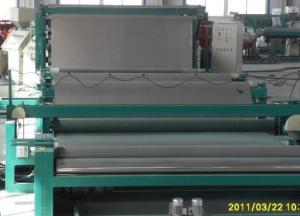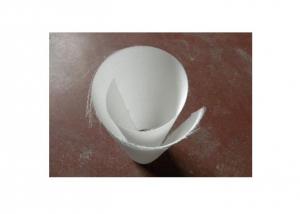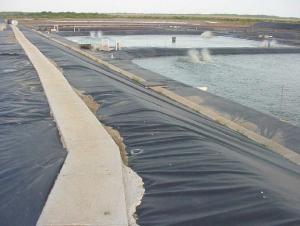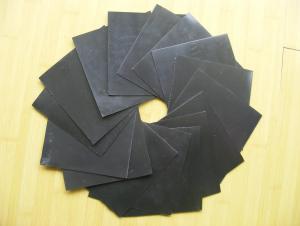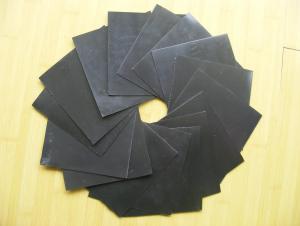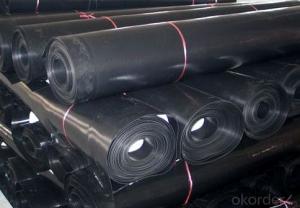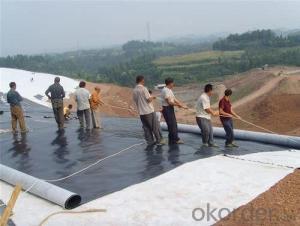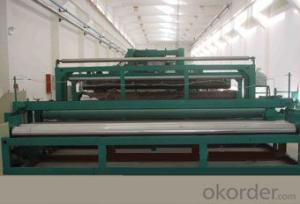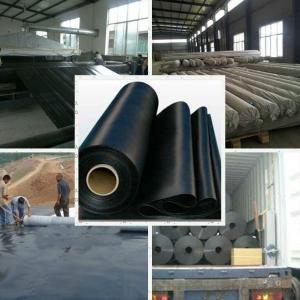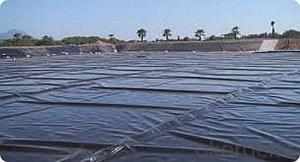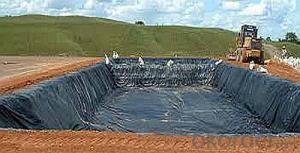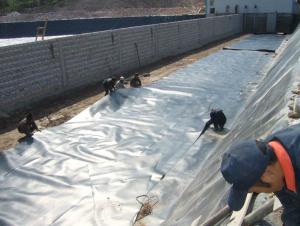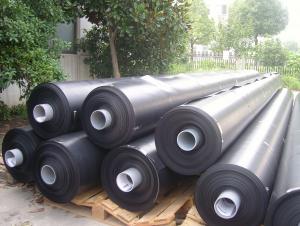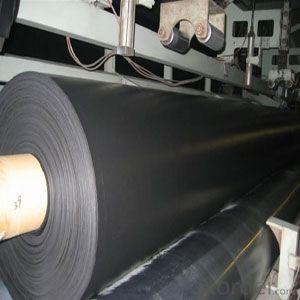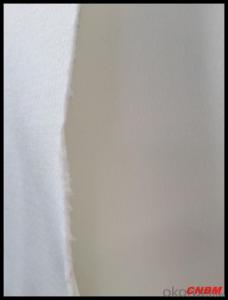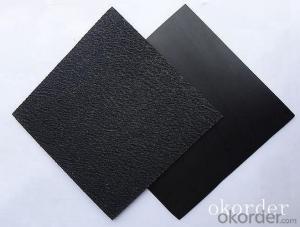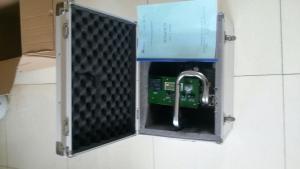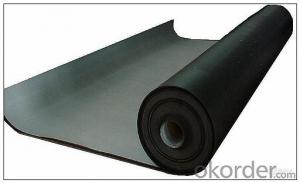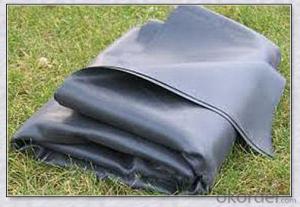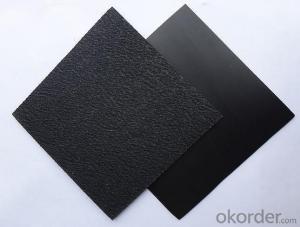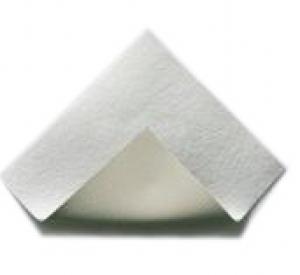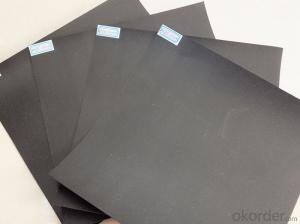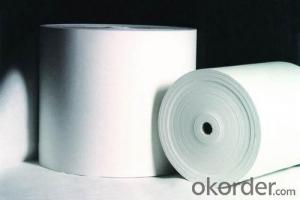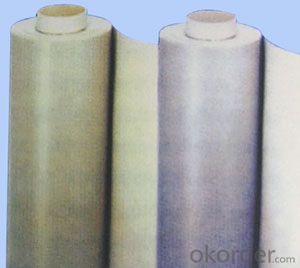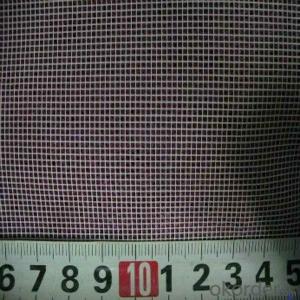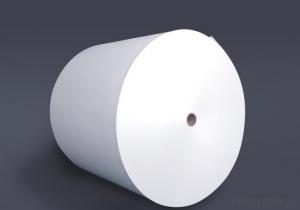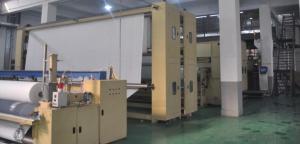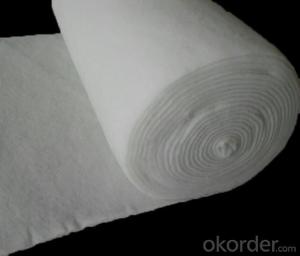Geomembranes Market
Geomembranes Market Related Searches
Geomembrane Market Global Geomembrane Market Geomembrane Market Size Geomembranes Geomembrane Price Harga Geomembrane Geomembrane Material Geomembrane Uses Geomembrane Products Geomembrane Manufacturers Jual Geomembrane Buy Geomembrane Geomembrane For Sale Geomembrane Applications Geomembrane Technologies Geomembrane Company Geomembrane Cost Geomembranes Are Used For Geomembrane Suppliers Geomembrane Factory Harga Geomembrane Per M2 Application Of Geomembrane Geomembrane Machine Geomembrane Fabric Geomembrane Definition Geomembrane Systems Plastic Geomembrane Geomembrane Thickness Geomembrane China Geomembrane For LandfillGeomembranes Market Supplier & Manufacturer from China
Geomembranes Market encompasses a wide range of products, including high-density polyethylene (HDPE), linear low-density polyethylene (LLDPE), and polyvinyl chloride (PVC) geomembranes. These products are specifically designed to provide waterproofing, containment, and protection in various industries such as waste management, mining, agriculture, and construction.Geomembranes are widely used for their exceptional impermeability, durability, and chemical resistance. They are commonly employed in applications such as landfill liners, canal linings, reservoirs, and tailings ponds. The usage scenarios for these products are vast, as they cater to the needs of different sectors requiring reliable barrier solutions to prevent contamination and leakage.
Okorder.com is a prominent wholesale supplier of geomembranes, boasting a substantial inventory that caters to the diverse requirements of the market. With a commitment to quality and customer satisfaction, Okorder.com ensures that the geomembranes they supply meet the highest industry standards, making them a reliable choice for businesses seeking to procure these essential products.
Hot Products
